|
Recently one of my painting students asked me if it was okay for her to trace a drawing before painting it. She said that she has never taken formal drawing lessons. Tracing would save time and help her enjoy her painting more. I almost fell into the trap of reciting the usual reply of “No! Tracing is bad. You must struggle with drawing until one day you will be able to draw well enough”. But that sort of reply is not helpful. So let’s look at this dilemma a little closer. Painting or Drawing? Let me say that I am looking at this from the point of view of a painter. If your end result is a drawing, for example in pencil, then I would not hesitate to say that you must learn to draw without tracing. After all your objective is to demonstrate your ability to draw accurately. This means your observation, hand-eye-coordination and the ability to place and draw a line accurately is essential. Tracing would negate all of this. But what about the painter? This person seeks to cover the drawing with paint so the dominant skill is the ability to handle paint. The artist needs to use abstract shapes and color in the form of pigment to create an illusion of the subject. Usually with an instrument like a paintbrush or painting knife. Taking all this into account is the drawing so important? Not so clear now. Or is it? The Old Masters Tell a Story Due to many anomalies observed in paintings of the old masters several researchers looked into how the old masters achieved their remarkable results. A recent study by artist David Hockney, masterfully written in his book Secret Knowledge, looks at methods used by famous masters to make drawing more accurate. We have all marvelled at master paintings by Caravaggio, Van Eck, Vermeer and others. Were their drawing abilities truly so astounding? How did ordinary observation account for the strange reality of Caravaggio’s paintings? What was the cause of the massive leap from Renaissance painting to the 17th Century super-real paintings? The answer was the camera obscura. A simple device that projected an image of the object onto a flat surface using bright sunlight and a small lens. The projected image would only show part of the subject in focus. The artist would have to draw then move the lens to focus on another part of the subject. Often this resulted in rather odd distortions of perspective. Ancient Geeks The late 16th and early 17th centuries marked rapid developments in the use of optics in astronomy. Genius artists, like Caravaggio, did not waste time in seeing the benefits of using optics to help their drawing. When the technology gets out then everyone wants to try it out too. Inevitably other artists had to use the camera obscura to compete. Johannes Vermeer stands out as another super star that used the device. Was this wrong? Some argue that the masters who use the camera obscura were cheats. Or they accuse Hockney defaming the great masters. The truth lies in the middle. These were great artists who still had to paint the painting. No one can argue with their incredible skill. But they were human too. They were simply using a tool that served their artistic goals. Watch the documentary here. So why not trace a drawing in order to make painting more accurate? Arguments Against Tracing:
Consider the Big Picture All of these arguments have validity. Personally it comes down to professionalism and authenticity. As a professional I do not think about tracing or projections of an image. It does not figure into my process. My first thought is to draw using the traditional approach. What about the dedicated student of painting? The only way to grow is to learn how to draw. This does not mean drawing like a master artist. It does mean learning to observe and place marks accurately enough. Over time the accuracy will improve. There are techniques to make drawing easier. The envelope method, for example, makes most difficult subjects easier to draw. My biggest concern is that tracing becomes a habit and drawing skill is sacrificed forever. Focus on Painting With painting the underlying drawing is the skeleton. The artist has to apply paint accurately using shapes of light and dark color. If this is not done then the drawing will be irrelevant. So my advice is to get a basic knowledge of drawing and a thorough knowledge of shapes, color, value and brushwork. Conclusion What to do when faced with a difficult subject that requires absolute accuracy, such as a portrait commission? A professional may decide to use tracing for practical reasons such as speed and the client’s needs. Circumstances may make this unavoidable. After all nobody suggests that Caravaggio or Vermeer are any less talented for using the camera obscura. Most of the time a professional will draw instinctively anyway. Serious students should stick to drawing and learn the basics. The rewards will outweigh any quick fix through tracing. Painting techniques and brushwork will come to be more important as your painting skills develop. Ideally you do not want to give drawing a second thought. Let it develop with practice. If you decide that it is necessary to trace a certain detail then do so, as a specific need within the scope of your artistic process. Not as a crutch. What do you think? Is tracing acceptable or is it cheating? Leave a comment below Add to Pinterest: |
AuthorMalcolm Dewey: Artist. Country: South Africa Archives
June 2024
Categories
All
FREE
|
|

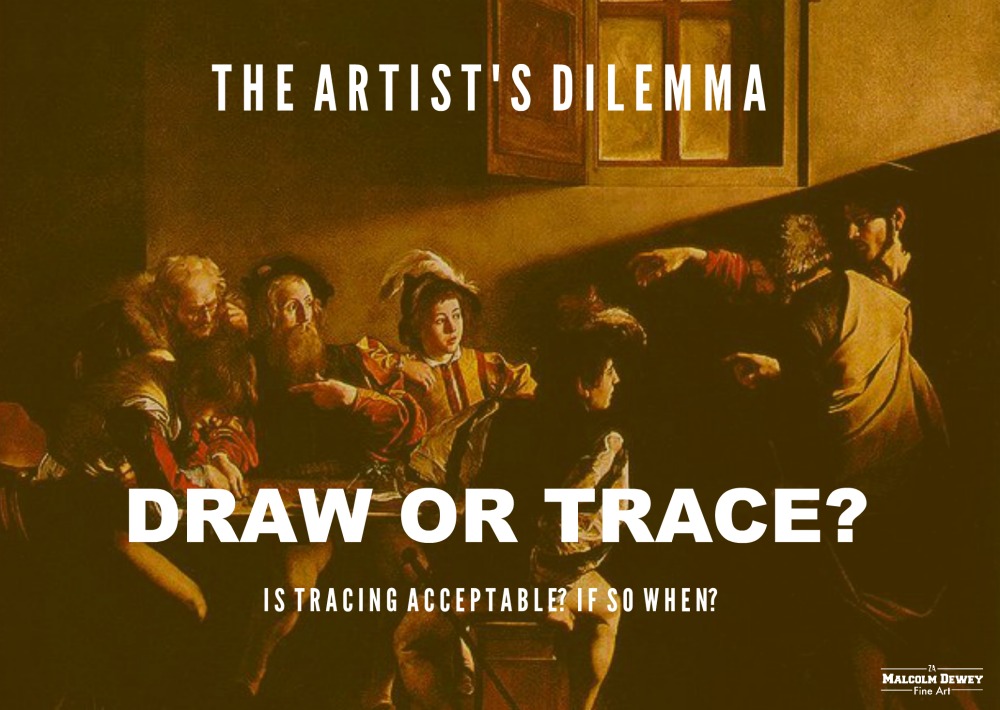
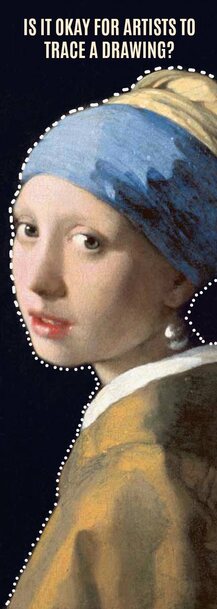
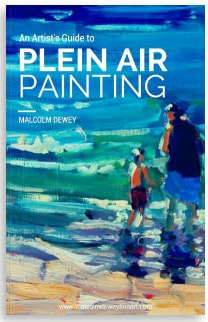
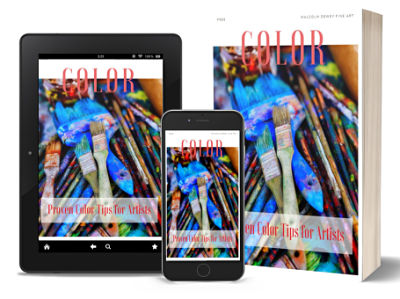

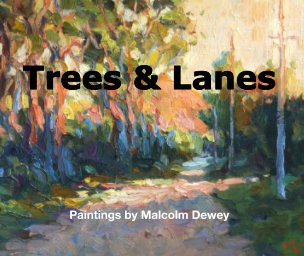



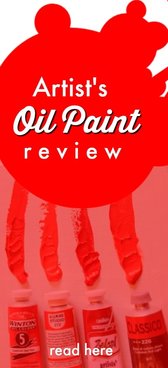
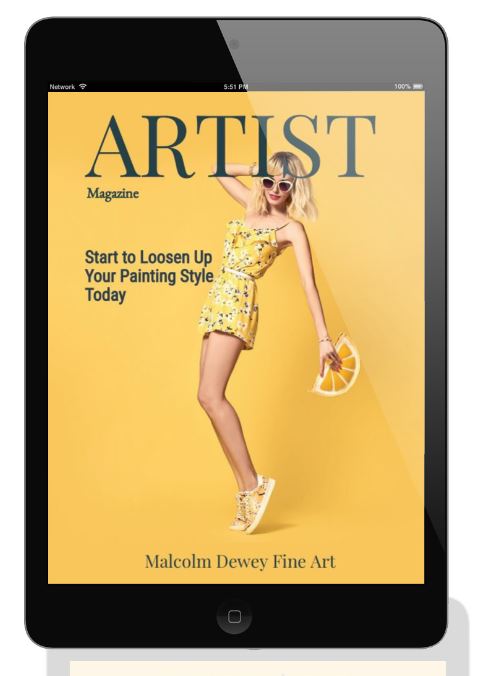
 RSS Feed
RSS Feed






